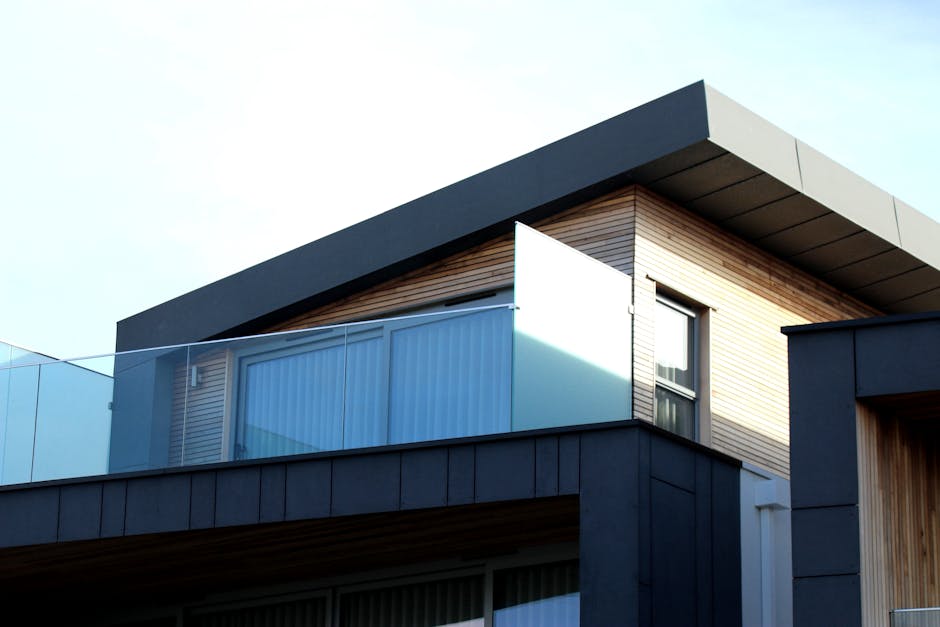Eco-Friendly Roofing Solutions: What Are Your Options?

Eco-friendly roofing solutions have gained significant traction as more homeowners and businesses seek sustainable and energy-efficient options. These roofing materials not only reduce environmental impact but also offer long-term cost savings and increased property value. With various options available, selecting the right eco-friendly roofing solution involves understanding the materials, their benefits, and potential drawbacks.
1. Solar Roofing
Solar roofing is a popular choice for those looking to harness renewable energy directly from their roof. This technology has evolved from bulky solar panels to sleek, integrated solar shingles that blend seamlessly with traditional roofing materials.
Benefits:
- Reduces electricity bills by generating power on-site
- Decreases reliance on fossil fuels
- Increases property value
- Potential tax incentives and rebates
However, solar roofing requires a significant initial investment. The cost can be offset over time through energy savings and government incentives. According to Energy.gov, homes with solar panels typically see a return on investment within 7-10 years.
2. Green Roofs
Green roofs, or living roofs, consist of a layer of vegetation planted over a waterproof membrane. These roofs provide numerous environmental benefits and are especially effective in urban areas.
Benefits:
- Improves air quality by filtering pollutants
- Reduces stormwater runoff
- Provides natural insulation, lowering energy costs
- Creates habitats for wildlife
The installation of green roofs can be complex and requires proper structural support to handle the added weight. Regular maintenance is also necessary to keep the vegetation healthy and thriving.
3. Recycled Roofing Materials
Using recycled materials for roofing is another eco-friendly option. These materials often come from post-consumer waste, such as plastic, rubber, or metal, which are repurposed into durable roofing products.
Common Recycled Roofing Materials:
- Recycled metal: Durable and can last up to 50 years
- Rubber shingles: Made from recycled tires, resistant to weather and impact
- Plastic shingles: Lightweight and mimic traditional materials like slate or wood
4. Cool Roofs
Cool roofs are designed to reflect more sunlight and absorb less heat compared to standard roofs. These roofs typically use reflective paint or coatings, tiles, or shingles that help reduce cooling costs in hot climates.
| Type of Cool Roof | Reflectivity (%) | Expected Lifespan (Years) | Average Cost ($/sq ft) |
|---|---|---|---|
| Acrylic Coatings | 60-90% | 5-15 years | $0.75-$1.50 |
| Ceramic Tiles | 70-90% | 50+ years | $10-$20 |
| Cementitious Coatings | 65-85% | >20 years | $0.75-$1.50 |
| Milled Coatings | >80% | >5 years | $0.75-$2.00 |
Sustainable Wood Shakes and Shingles
Sustainable wood shakes and shingles come from responsibly managed forests that follow strict environmental guidelines. They are an excellent choice for those who prefer natural materials but still want an eco-friendly option.
Benefits:
- Naturally insulating
- Aesthetically pleasing
- Biodegradable at the end of their life cycle. The main challenge with wood shakes and shingles is their susceptibility to fire and weather damage. To mitigate this risk, they can be treated with fire retardants and preservatives.
The Future of Eco-Friendly Roofing: Innovative Materials
The future of eco-friendly roofing looks promising with ongoing research and development in innovative materials. Some emerging technologies include:
- Bamboo roofing: Rapidly renewable material with high strength-to-weight ratio.
- Mushroom-based mycelium: Biodegradable material grown from fungal roots.
- Solar reflective membranes: Advanced coatings that enhance solar reflectivity.